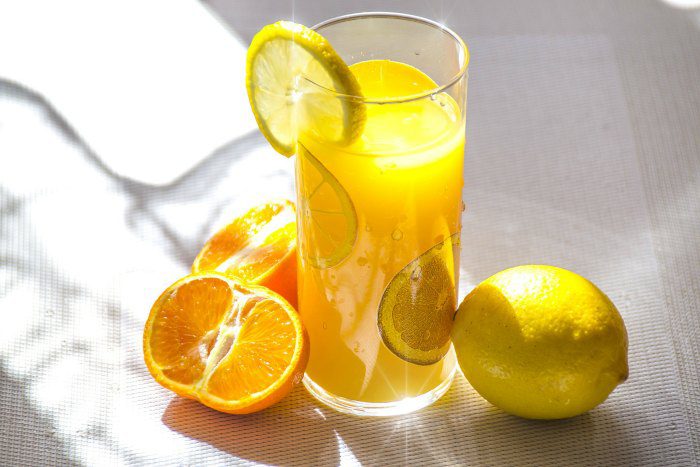 We all know that consuming too much sugar is bad for our health. It makes sense intuitively, and we know it’s smart to limit our intake of sodas, candy, and other sugary sweets. But the hidden sugar in your diet can sabotage your best efforts at healthy eating.
We all know that consuming too much sugar is bad for our health. It makes sense intuitively, and we know it’s smart to limit our intake of sodas, candy, and other sugary sweets. But the hidden sugar in your diet can sabotage your best efforts at healthy eating.
With mounting evidence connecting sugar to obesity and heart disease, public policy is catching up with our intuition. In 2015 the Food and Drug Administration (FDA) recommended dietary sugar not exceed 50 grams per day for adults (about as much in a single can of Coke). Now the FDA is revamping food labels to reflect total sugars and added sugars to make it easier to find hidden sugar in your diet.
Our bodies process sugars the same way whether it is naturally occuring or added. So why the changes? It turns out that most naturally occuring sugar – like that in fruit – comes wrapped in a package of fiber and nutrients that slow sugar absorption. These foods don’t give us that unhealthy spike in blood sugar.
Just knowing sugar is bad does us no good if we don’t have an idea of where sugar may be lurking. Clearly a bag of Skittles is loaded with sugar, and if you combine it with a can of Coke, you aren’t doing yourself any favors. But sugar is sneaky and it’s in a surprising number of foods that we consider healthy. Below are three of the biggest offenders.
Juices
Juices and smoothies are loved by health enthusiasts, as well as parents who want to give their children something healthy to drink. Sadly juices are simply loaded with sugar. The sugar isn’t always added sugar, either. It is the natural sugar that occurs in fruit. But with juice the fiber is removed and we get a straight shot of sugar. In addition we are consuming far more than if we ate the whole fruit. Think about how many oranges it takes to make a glass of juice – far more than the typical single-orange serving size.
Watch out for juices and limit them just like you limit Sprite or Dr. Pepper. In this case the new food labels don’t change a lot. It’s the total sugar that’s a problem here. Even if none has been added, there is often too much sugar already there.
Lowfat Foods
Lowfat was the diet mantra for decades. But we are learning there are many fats that are good for us and necessary for our health. Further, one of the worst things that came out of the lowfat era was lowfat foods. Food manufacturers know that fat helps heighten the flavor of food and gives it a more satisfying taste and feel. To counter this problem, they add sugar – and lots of it – to enhance the flavor.
This means that a lot of people who think they are making healthy choices by selecting lowfat foods are actually sabotaging their health by consuming more sugar.
Yogurt
All yogurts are not created equal. The truth is that most of the main commercial brands of yogurt are loaded with added sugar. Yogurt and other dairy products all have the naturally occuring sugar, lactose. So total sugar content won’t help with this one. If you want yogurt to be a regular part of your diet look at the ingredient list to see if sugar has been added, or with the new labels look at the “added sugar” number. Many maufacturers add more sugar to hook our tastebuds on their sweet, sweet product.
Try to find yogurt without any added sugars for your healthiest option.
It’s not easy to find the hidden sugar in your diet. One of the best ways to keep sugar intake down is to consume food as close to the way nature made it as possible. If a product is highly manufactured or has a long ingredient list, chances are much higher it will contain unnecessary sugar. Choosing products with limited and recognizable ingredients will help you keep the sugar out of your diet for a healthier life.
Photo Credit: © WDNet via Pixabay

